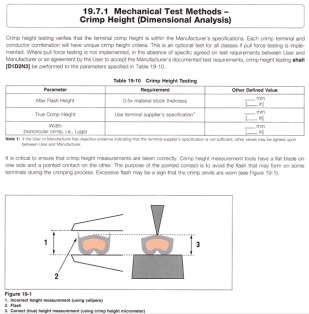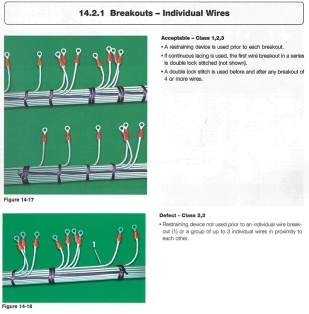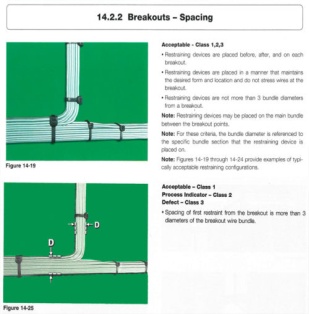News
CABLE ASSEMBLY AND A WIRE HARNESS: WHAT'S THE DIFFERENCE?
You'll often see the terms "cable assembly" and "wire harness" used interchangeably when sourcing electrical components for product development. People also mistakenly use the terms "cable" and "wire" synonymously. But in truth, these components couldn't be more different. Sure, a cable assembly and wire harness are used in electrical and communication fields to route electricity between different locations. But that's where the similarities end. Both a cable assembly an wire harness have a distinct purpose, which means the success of your product depends on selecting the right one based on the specifications of the application. Here's a brief overview of the differences between cable assemblies and wire harnesses to help you make the right choice.
Cable Assembly
Cable:Two or more conductors wrapped in a single jacket. Most cables consist of a positive wire that carries the electrical current, a neutral wire that completes the electrical loop and a grounding wire.
Like wire harnesses, a cable assembly is a groups of wire or cable that also have an exterior covering. But the entire bundle is encased in an extremely durable sheath made of material, like shrink-wrapped thermoplastic, rubber, or vinyl.
Cable assemblies serve three main purposes:
1. To protect outside stimuli (like environmental materials or even technicians) from harm caused by the flow of electricity.
2. To ensure electrical systems are organized and easy for technicians to navigate.
3. To protect the wiring or cable against wear and tear or other harsh environmental conditions.
A cable assembly is custom-designed to address logistical challenges such as size constraints, extreme temperature exposure, fire, moisture, dust, friction, chemical substances exposure, flexibility and more. Because of the level of customization available with a cable assembly, they can also be ordered in a variety of shapes, sizes, and colors.
Wire Harness
Wire: A single conductor (usually made of copper or aluminum). Wires are low resistance, low cost, and measured by "gauge". The smaller the gauge, the thicker the wire. The thicker the wire, the higher the risk of damage resulting from a burned fuse.
Open up a wire harness, and you'll find multiple wires, each donning its own single layer of exterior covering. This covering is typically made from a thermoset or thermoplastic material, and serves two primary purposes:
1. To protect outside stimuli (like environmental materials or even technicians) from harm caused by the flow of electricity.
2. To ensure electrical systems are organized and easy for technicians to navigate.
The jacketing material that covers each wire does little to protect the wire itself, which is why this solution is typically employed in applications where moisture, dust, temperature and friction are not a concern—for example, when the wires will exist inside a housing unit or shell, like a remote control.
If this overview still doesn't provide you with a clear answer, don't hesitate to reach out to us. We are experts at outfitting products with the right electrical components given all specifications and can custom design an electrical system that meets all your project needs, including cost and turn-around time.
Interested in learning more about the impact of your cable or connector decision on the overall success of your product? You can send us an e-mail for this.




